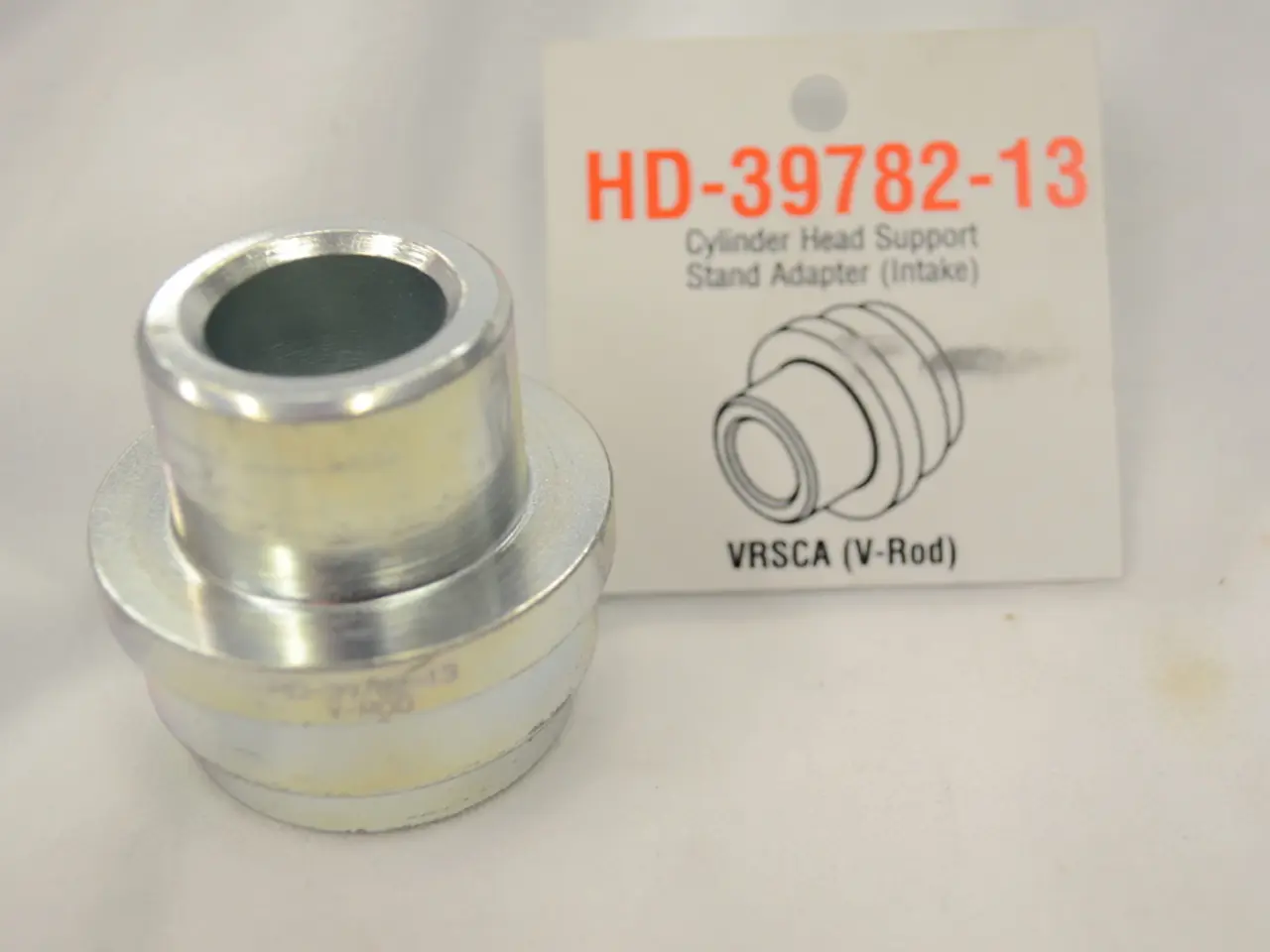Heavy Metal Detoxification: Purpose, Evidence, and Alternatives
In today's world, heavy metals can enter our bodies through various sources such as soil erosion, mining, industrial waste, fossil fuel emissions, pesticides on crops, wastewater, smoking tobacco, and more. These potentially harmful substances can lead to chronic conditions when levels accumulate in the body.
Fortunately, natural methods for heavy metal detoxification are available and can be effective in reducing heavy metal levels in the body. These methods, which include using certain foods, herbs, and supplements, may help in preventing related chronic conditions when used appropriately and consistently. However, their effectiveness varies based on individual factors and toxicity levels.
Key natural detox agents include chlorella and spirulina, known for their ability to bind heavy metals and aid in their removal through urine and feces. Cilantro, an herb with chelating properties, helps mobilize heavy metals from tissues. Garlic and sulfur-rich foods support natural detox pathways by promoting metal binding and elimination. Antioxidant-rich foods, such as berries, leafy greens, and cruciferous vegetables, bolster the body’s detox capacity.
Natural chelation typically involves dietary adjustments and supplementation that gently support the body’s own detox mechanisms, making them safer and more holistic compared to conventional pharmaceutical chelation, which requires medical supervision due to risks like nutrient depletion.
Additional supportive approaches include gut health optimization, infrared sauna therapy, and naturopath-guided staged detox plans. Improving gut integrity with probiotics and fiber enhances elimination, while infrared sauna therapy promotes detoxification through sweating, facilitating heavy metal excretion via the skin. Carefully balanced supplementation, dietary changes, and monitoring can minimize side effects and optimize outcomes.
Reducing heavy metal burden through natural methods may alleviate symptoms such as fatigue, brain fog, and inflammation—common in chronic toxic metal exposure—and reduce long-term health risks. However, the effectiveness depends on the extent of metal accumulation, individual health status, and adherence to detox protocols.
It is crucial to undertake natural heavy metal detoxification under professional guidance, especially for moderate to severe toxicity, to ensure safety and efficacy. Natural methods are promising as part of a comprehensive detox strategy but are not always sufficient alone for high-level exposures or poisoning.
On the other hand, chelation therapy, a medical treatment for heavy metal poisoning, requires careful supervision due to potential risks. While it can treat heavy metal poisoning and prevent life-threatening complications, it can be dangerous and fatal in non-extreme cases. Chelation therapy can cause a drop in blood pressure, permanent kidney damage, and a reduction in calcium levels, which can be fatal.
While some researchers believe there is a link between high levels of heavy metals and Alzheimer's disease, more research is needed to confirm this. Some healthcare professionals suggest chelation therapy as a treatment option for various health conditions, including cardiovascular disease and Alzheimer's disease.
In summary, natural detox methods can effectively lower heavy metal levels and support health, potentially preventing chronic conditions linked to metal toxicity, particularly when combined with lifestyle changes and professional supervision. However, for moderate to severe toxicity, professional chelation therapy may be necessary to ensure safety and efficacy.
- Aq (water) can be an essential medium for flushing out heavy metals during the natural detoxification process, aiding in the removal of these potentially harmful substances.
- Sclerosis, a type of disease, can potentially manifest as a complication of heavy metal accumulation in the body, causing chronic conditions like nsclc (non-small cell lung cancer).
- Obesity, a health-and-wellness concern, may be influenced by environmental factors such as heavy metal exposure, making natural detox methods crucial for promoting overall fitness-and-exercise and nutrition.
- Crohns, a type of inflammatory bowel disease, could be exacerbated by heavy metal toxicity, making gut health optimization an important aspect of a natural detox plan.
- Type 2 diabetes, a chronic condition, might be associated with elevated heavy metal levels, highlighting the importance of detox methods for maintaining a balanced health-and-wellness.
- Psoriatic arthritis, a type of inflammatory arthritis, could potentially be managed more effectively with heavy metal detoxification, as some research indicates a link between heavy metal exposure and autoimmune diseases like psoriasis.
- Depression, a mental health disorder, could be linked to heavy metal toxicity, making predicitive science essential in understanding the role of environmental factors in mental health conditions.
- Multiple sclerosis, a chronic autoimmune disease, is one of the medical-conditions where the link between heavy metal exposure and progression is still under investigation.
- Psoriasis, a chronic skin disease, might be aggravated by heavy metal accumulation, making natural detox methods beneficial for improving skin health and wellness.
- Arthritis, a joint disease, could potentially be alleviated through heavy metal detoxification, as some research suggests a correlation between heavy metal exposure and inflammatory conditions like arthritis.




